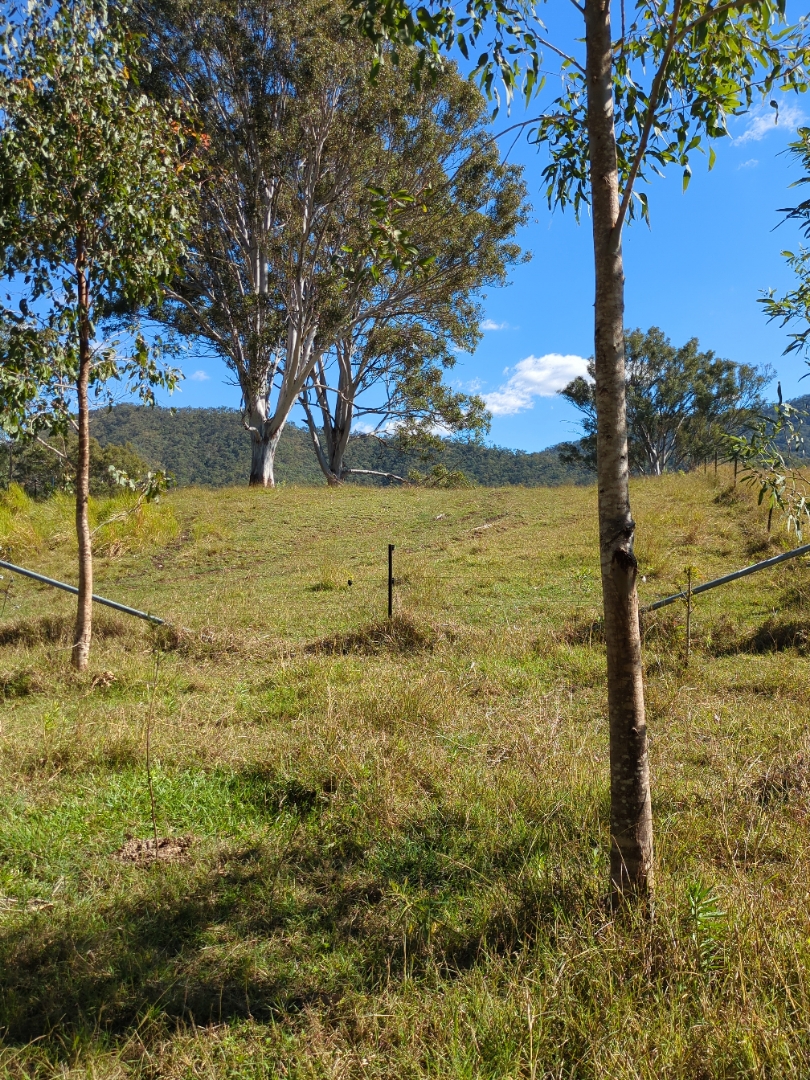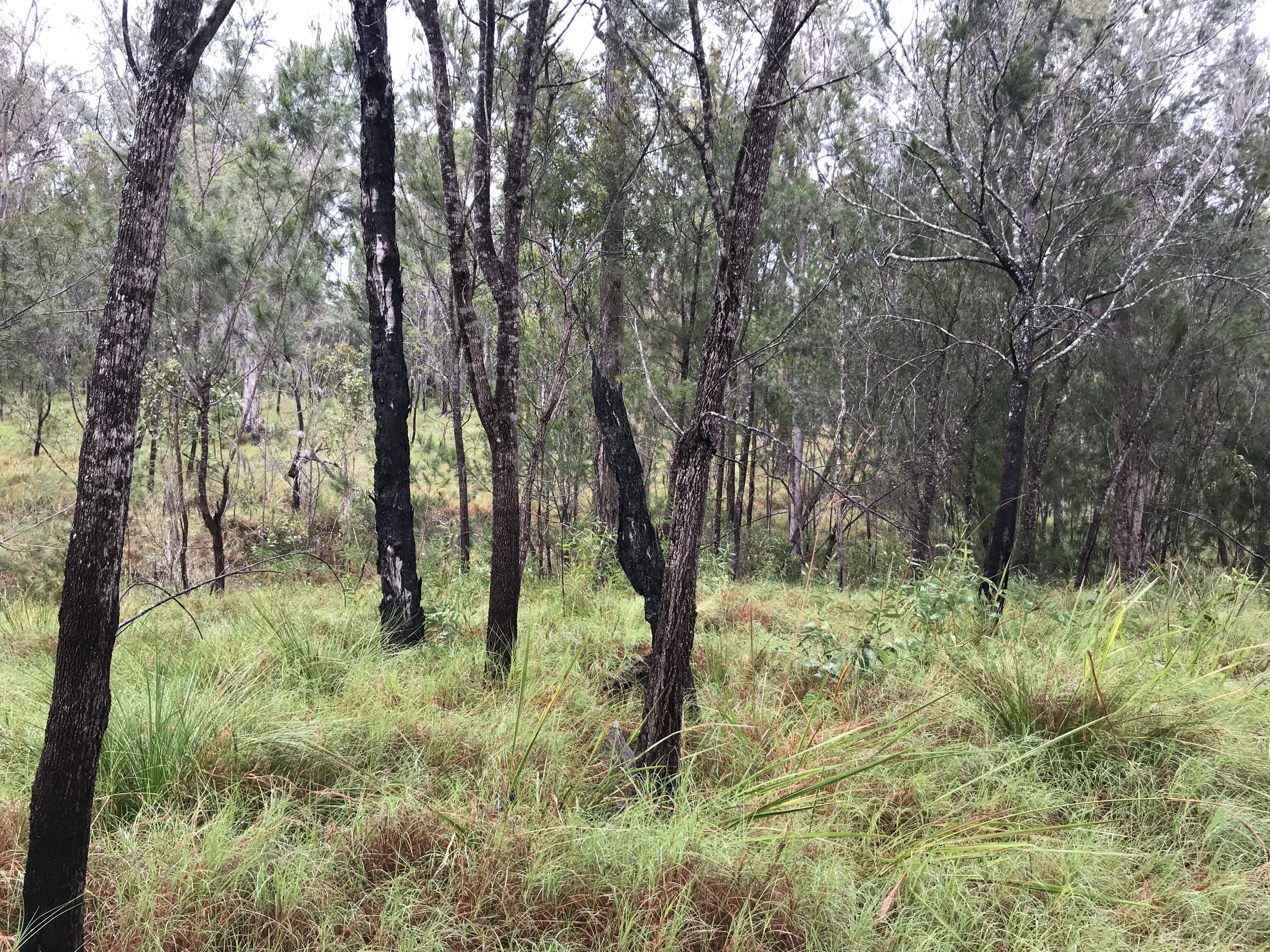AUSTRALIAN ACOUSTIC OBSERVATORY
Who Are We?
Welcome! Australian Acoustic Observatory is a repository of environmental audio recordings. This website facilitates the management, access, visualization, and analysis of environmental acoustic data. It uses the Acoustic Workbench software which is is open source and available from GitHub.
The website is run by QUT Ecoacoustics to support bioacoustics and ecoacoustics research.
What We Do
Our Goal
We host, manage, explore, and visualize ecoacoustic data. Providing the results and tools we develope free of charge to anyone who is interested
Environment
We locate various environments which may have interesting or important faunal vocalisations and other human-audible environmental sounds
Acoustics Sensors
We, and our partners, place acoustic sensors in a wide range of environments allowing us to study the local fauna
Annotated Spectrogram
Practical identification of animal sounds by people and automated detectors. Ecologists use these to answer environmental questions.
Collaboration
Finally, we make the results of our research, and the tools we have developed, available to the public
View Some Sites
You can browse some public sites and audio recordings without logging in. To participate in the analysis work you will need to log in with an existing account or register for a new account. Don't worry its free and easy!
Cravens Peak
Cravens Peak protects gibber plains, red sandy dune fields, semi-permanent waterholes, Coolabah woodlands, and one of the richest reptile assemblages on earth. Cravens Peak supports a range of animal and plant species including the Grey...
Aroona Station
QTFN’s Aroona Station is a 2,000-ha property in the significant wildlife corridor Little Liverpool Range on Yugara Country, 55 km south-west of Ipswich. A working cattle property for over 50 years with large areas of...
Yourka
Yourka is located in a biodiversity hotspot and is an important conservation area for 39 regional ecosystems, some not protected anywhere else in the country. Yourka Reserve is part of the Einasleigh Uplands.
Sponsors
This work has been supported through several grants. The most recent of which is the ARDC Platforms project. Open Ecoacoustics currently sponsors development of the workbench thanks to the ARDC Platforms project. See doi.org/10.47486/PL050 for more details.



